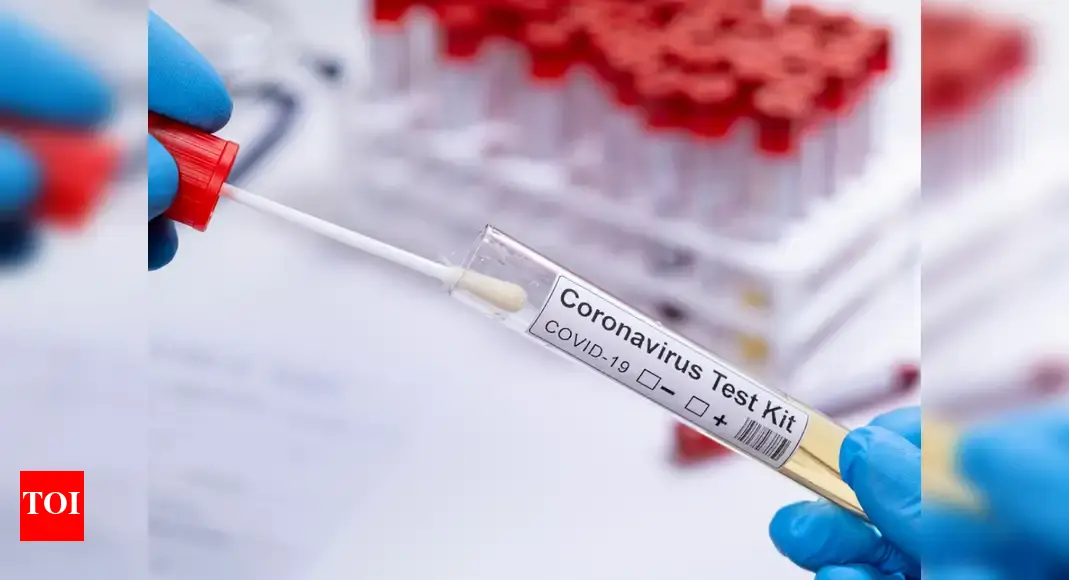Medical Oxygen: A Universal Right, Not a Privilege
Medical oxygen is an irreplaceable, life-saving resource—yet over five billion people globally still lack access to it. Despite its critical role in healthcare, especially during emergencies like COVID-19, significant gaps in availability, affordability, infrastructure, and trained personnel hinder universal access.
Global Oxygen Crisis: A Hidden Emergency
Regions like South Asia and East Asia & the Pacific are experiencing the worst of this crisis, with unmet demand standing at a staggering 78% and 74% respectively. The Lancet Global Health Commission highlights this deep-rooted problem, stressing the urgency for long-term solutions, not just temporary fixes.
COVID-19: The Wake-Up Call
The pandemic exposed weaknesses in oxygen systems, especially in low- and middle-income countries (LMICs). While short-term interventions helped during the peak of COVID-19, sustainable progress has lagged. A 2022 WHO report from the South-East Asia Region emphasized the need for consistent investment and policy-level commitment to improve oxygen access.
Systemic Barriers to Oxygen Access
-
Lack of Basic Equipment: Only 54% of LMIC hospitals have pulse oximeters, and just 58% have access to medical oxygen. This leads to delayed diagnoses and preventable deaths.
-
Funding Gaps: Bridging the global oxygen gap requires $6.8 billion, with South Asia alone needing $2.6 billion. Many LMICs struggle with healthcare funding priorities, often sidelining oxygen infrastructure.
-
Shortage of Skilled Workforce: Even when equipment is available, the lack of trained biomedical engineers and technicians causes breakdowns and service disruptions, especially in rural areas.
A Path Toward Sustainable Oxygen Access
To close this oxygen gap, a multi-faceted strategy is essential:
-
Innovative Solutions: Portable concentrators, solar-powered systems, and decentralized production facilities can enhance access in underserved regions.
-
Policy & Governance: Governments must prioritize oxygen in Universal Health Coverage (UHC) and emergency preparedness plans. The WHO Oxygen Scorecard helps track accountability and progress.
-
Infrastructure & Supply Chains: Partnering with private sectors and NGOs can build resilient supply chains and improve local production capabilities.
-
Training & Capacity Building: Cross-border training, like WHO’s collaboration with Nepal and Bhutan, demonstrates the effectiveness of knowledge transfer in sustaining PSA oxygen plant operations.
Solar Power: The Future of Oxygen Delivery
In areas prone to power outages, such as parts of South-East Asia, solar-powered oxygen systems offer a stable, low-maintenance solution. Countries like Ethiopia and Nigeria have already benefited from such setups, ensuring continuous oxygen delivery even in remote facilities.
Collaboration Is Key
Building a resilient oxygen ecosystem involves:
-
Strong government leadership
-
Private sector investment in innovation
-
Global health agencies’ funding and technical support
-
Academic research focused on affordable, scalable solutions
Digital innovations—like real-time monitoring and predictive analytics—can further optimize oxygen distribution and usage.
A Call to Action
As the Lancet Commission reiterates, access to oxygen is a basic human right. It must be embedded in the fabric of health systems, not treated as a luxury available only in times of crisis. With strategic investments, international cooperation, and committed political will, we can build an equitable, life-saving oxygen infrastructure for all.
Oxygen saves lives. Let’s make sure everyone has access—always.
Saima Wazed is Regional Director, World Well being Group (WHO) South East Asia
Printed – Could 24, 2025 12:16 am IST















Leave a Reply